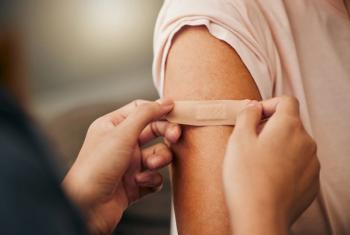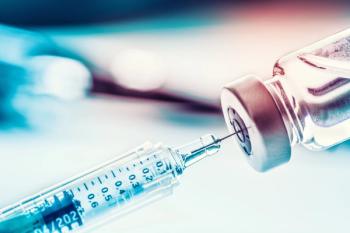
How legalization impacts teen marijuana use
Contrary to concerns that legalization would increase adolescent use, a recent study suggests usage declines after recreational legalization.
Whereas opponents of marijuana legalization for medicinal or recreational purposes may worry about increased access for youths, a new study suggests that the legalization of marijuana may actually help to curb use among teenagers.
The study, discussed in
"The general takeaway from our research is that there is no evidence that legalization of marijuana for medical or recreational purposes had led to increased teen use," says D. Mark Anderson, PhD, associate professor in the Department of Agricultural Economics and Economics at Montana State University, Boseman, Montana, and lead author of the research letter. "This is now one of a handful of studies that all reach the conclusion of no effect on teen marijuana consumption."
Previous research using the Washington Healthy Youth Survey pointed to decreases in marijuana use among teenagers in Washington State after marijuana was legalized for recreation purposes. The authors aimed to take the research a step further in this national study. Results of their research showed that recreational marijuana laws were associated with an 8% decrease in marijuana use overall among high school students when compared with before legalization, and a 9% drop in frequent marijuana use that was self-reported by teenagers.1 There was no significant association with marijuana use before or after legalization for medical purposes, according to the report.
Anderson says the research team wasn't able to pin down the precise mechanism for the decline in marijuana use, but the researchers gave credence to the suggestion in previous studies that it is more difficult for teenagers to obtain marijuana from licensed dispensaries after legalization than it is from drug dealers before legalization.
No real surprises
Anderson says there wasn't really much about the study that surprised him. "The null findings for medical marijuana laws were consistent with results
Anderson couldn't comment on the importance of his research to clinical practice, but says the data is highly relevant as policymakers weigh the costs and benefits of marijuana legalization.
The American Academy of Pediatrics (AAP) has been clear on its stance against the legalization of marijuana for either medical or recreational purposes,3 most recently reaffirming its
References:
1. Anderson DM, Hansen B, Rees DI, Sabia JJ. Association of marijuana laws with teen marijuana use. New estimates from the Youth Risk Behavior Surveyes. JAMA Pediatrics. Published online July 8. 2019. Available at:
2. Anderson DM, Hansen B, Rees DI. Medical marijuana laws and teen marijuana use. Available at:
3. American Academy of Pediatrics (AAP). American Academy of Pediatrics reaffirms opposition to legalizing marijuana for recreational or medical use. Available at:
Newsletter
Access practical, evidence-based guidance to support better care for our youngest patients. Join our email list for the latest clinical updates.










